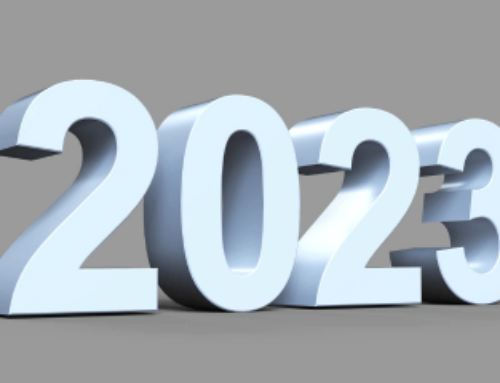On November 2, 2016, the Centers for Medicare & Medicaid Services (CMS) issued the 2017 Physician Fee Schedule (PFS) Final Rule, its annual rule finalizing payment policy and rates effective January 1, 2017.
Download these supplemental resources for more information about the final rule:
Payment for Sleep Medicine and Evaluation and Management Services
This year, the conversion factor was increased by approximately $0.06 which results in a small increase in payment to most services including sleep procedures and evaluation and management codes. In most cases, 2017 payment for sleep services will stay at or close to 2016 rates. Providers will notice a small increase in payment for most in-center sleep testing (codes 95808, 95810 and 95811), while code 95807 will see a decrease in the fee schedule from last year. As for home sleep apnea testing, providers will notice a small increase in payment for home sleep apnea testing (codes 95800, 95801 and 95806). Codes for pediatric polysomnography continue their trend of significant and diametrically opposing shifts in payment rate this year. Two years ago, pediatric polysomnography (95782) was cut substantially and pediatric polysomnography with PAP titration was increased substantially. Last year, the opposite was true. For 2017, pediatric polysomnography (95782) will see a modest decrease while pediatric polysomnography with CPAP, which will experience an $86.00 increase in payment. This is due to the annual recalculation of practice expense and it will likely decrease next year. CMS is aware of these significant annual fluctuations but is unable to change the statutorily required formula for calculating payment for these services. Finally, the 2017 rates for evaluation and management services remain stable.
Telemedicine – New Place of Service Code
CMS has elected to develop a place of service code for telemedicine. Place of service codes are two digit codes used in billing (written on the claim) to indicate where the service is provided – office, hospital, home, etc. The place of service code for telemedicine will be 02 and will be available for use starting January 1, 2017. Private payers seem to have requested this place of service code, which would indicate the possible adoption of this method of billing by private payers.
Value-Based Payment Modifier
CMS is continuing its implementation of the Value-Based Payment Modifier (VBPM). For Calendar Year (CY) 2017, Medicare will apply the Value Modifier to physician payments under the Medicare PFS for physician solo practitioners and physicians in groups of 2 or more eligible professionals (EPs). This policy completes the phase-in of the Value Modifier to all physicians and groups of physicians as required by the Affordable Care Act. CY 2015 is the performance period for the Value Modifier that will be applied in CY 2017. In order to be eligible for upward, downward, or neutral payment adjustments under the Value Modifier quality-tiering methodology, and to avoid an automatic negative two percent (for physician groups with between 2 to 9 EPs and physician solo practitioners) or a negative four percent (for physician groups with 10 or more EPs) Value Modifier payment adjustment in CY 2017, EPs in groups and solo practitioners MUST participate in the PQRS and satisfy reporting requirements as a group or as individuals for CY 2015.
Implementation of MACRA: Repeal of the SGR and Adoption of New Quality Programs
On January 1, 2017, the American healthcare landscape dramatically transformed with the implementation of MACRA, the Medicare Access and CHIP Reauthorization Act of 2015, and the accompanying regulations that changed how providers are paid by the Centers for Medicare and Medicaid Services. In place of the Sustainable Growth Rate (SGR) formula, CMS implemented the Quality Payment Program, a flexible payment system designed to provide financial incentive for high value care. This created a provider payment system more in line with how healthcare is approached today versus 20 years ago. The QPP pathways seek to tie an increased percentage of physicians’ Medicare fee-for-service (FFS) payments to outcomes through participation in either the new Merit-based Incentive Payment System (MIPS) or an “alternative payment model” (APM). Providers who choose the MIPS path can pick their pace by choosing to start collecting performance data anytime between January 1 – October 2, 2017. Performance in four weighted categories (Quality, Resource Use, Advancing Care Information through Electronic Health Records, and Clinical Practice Improvement) will determine the percentage of a provider’s +/- or neutral adjustments. Providers who choose to participate in an APM, which requires practices to take on more financial and technological risks, will earn a 5% incentive payment in 2019. According to the MACRA rules, providers will be able to switch between the MIPS and the APM track on a year-to-year basis. MACRA also established regular annual increases of 0.5% to the Medicare conversion factor through 2019, however, this is contingent on a mandated reduction of fee schedule expenditures. CMS estimates the 2017 conversion factor to be $35.8887 (effective Jan. 1, 2017), whereas the 2016 conversion factor was slightly less at $35.8279.
Members with questions about the final rule can contact the AASM Health Policy Department at coding@aasm.org.
Updated 9/21/17








